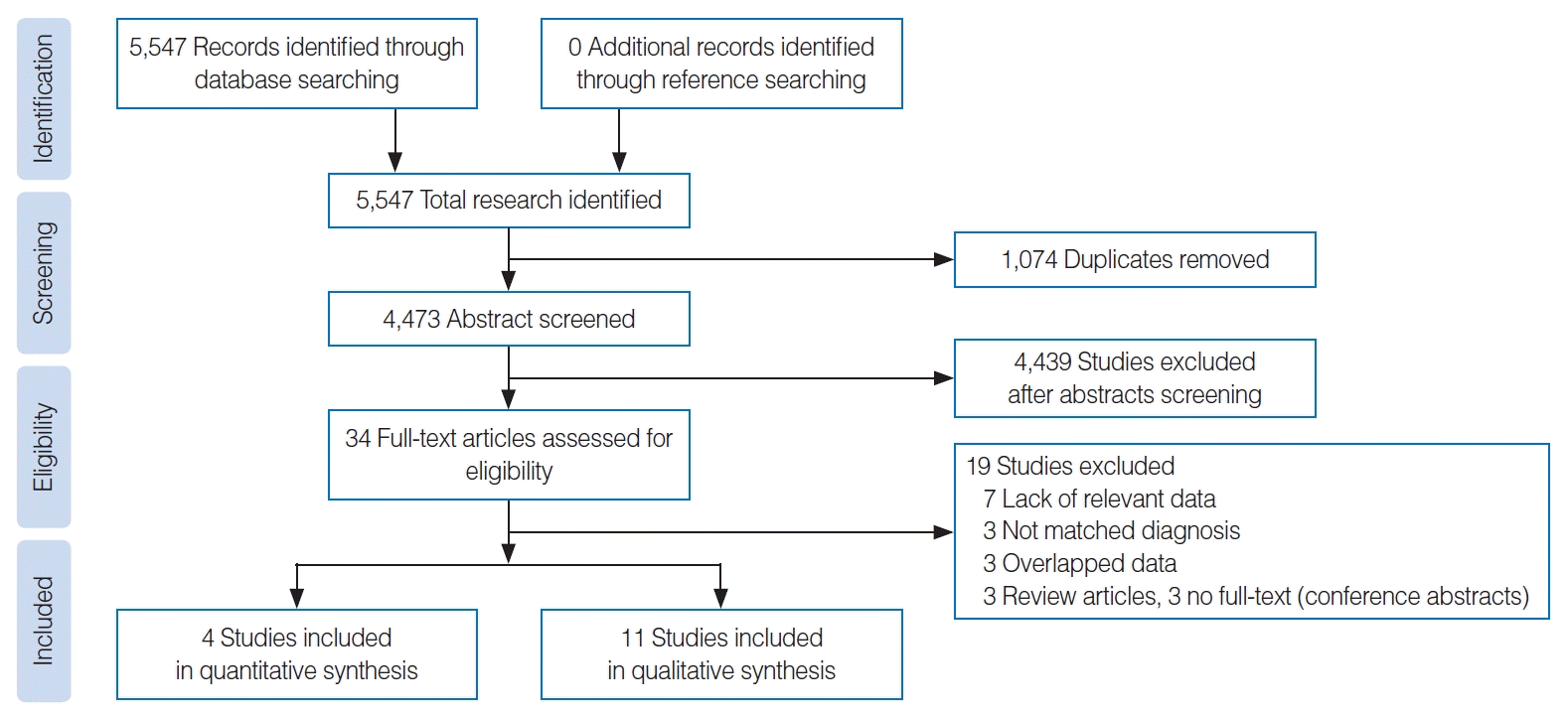1. Cima RF, Mazurek B, Haider H, Kikidis D, Lapira A, Norena A, et al. A multidisciplinary European guideline for tinnitus: diagnostics, assessment, and treatment. HNO. 2019; Mar. 67(Suppl 1):10–42.

2. Haider HF, Bojic T, Ribeiro SF, Paco J, Hall DA, Szczepek AJ. Pathophysiology of subjective tinnitus: triggers and maintenance. Front Neurosci. 2018; Nov. 12:866.

3. Tunkel DE, Bauer CA, Sun GH, Rosenfeld RM, Chandrasekhar SS, Cunningham ER Jr, et al. Clinical practice guideline: tinnitus. Otolaryngol Head Neck Surg. 2014; Oct. 151(2 Suppl):S1–S40.
4. Levine RA. Somatic (craniocervical) tinnitus and the dorsal cochlear nucleus hypothesis. Am J Otolaryngol. 1999; Nov-Dec. 20(6):351–62.

5. Sakata E, Itoh A, Ohtsu K, Nakazawa H, Noguchi T. Treatment of cochlear tinnitus: effect of transtympanic infusion with dexamesasone fluid. Audiol Japan. 1983; 26(2):148–51.
6. Shulman A, Goldstein B. Intratympanic drug therapy with steroids for tinnitus control: a preliminary report. Int Tinnitus J. 2000; 6(1):10–20.
7. Araujo MF, Oliveira CA, Bahmad FM Jr. Intratympanic dexamethasone injections as a treatment for severe, disabling tinnitus: does it work. Arch Otolaryngol Head Neck Surg. 2005; Feb. 131(2):113–7.

8. Moher D, Liberati A, Tetzlaff J, Altman DG, PRISMA Group. Preferred reporting items for systematic reviews and meta-analyses: the PRISMA statement. PLoS Med. 2009; Jul. 6(7):e1000097.

9. Choi SJ, Lee JB, Lim HJ, In SM, Kim JY, Bae KH, et al. Intratympanic dexamethasone injection for refractory tinnitus: prospective placebo-controlled study. Laryngoscope. 2013; Nov. 123(11):2817–22.

10. Elzayat S, El-Sherif H, Hegazy H, Gabr T, El-Tahan AR. Tinnitus: evaluation of intratympanic injection of combined lidocaine and corticosteroids. ORL J Otorhinolaryngol Relat Spec. 2016; Jun. 78(3):159–66.

11. Lee HJ, Kim MB, Yoo SY, Park SN, Nam EC, Moon IS, et al. Clinical effect of intratympanic dexamethasone injection in acute unilateral tinnitus: a prospective, placebo-controlled, multicenter study. Laryngoscope. 2018; Jan. 128(1):184–8.

12. Shim HJ, Lee ES, An YH, Kim DH. Comparison of long-term outcome of intratympanic dexamethasone therapy between acute noise-induced tinnitus and acute idiopathic tinnitus. J Int Adv Otol. 2017; Apr. 13(1):53–60.

13. Kokubu M. Transtympanic injection of steroid for tinnitus. Oto-Rhino-Laryngology Tokyo. 1985; 28(1):25–30.
14. Sakata E, Ito Y, Itoh A. Clinical experiences of steroid targeting therapy to inner ear for control of tinnitus. int tinnitus J. 1997; 3(2):117–21.
15. Cesarani A, Capobianco S, Soi D, Giuliano DA, Alpini D. Intratympanic dexamethasone treatment for control of subjective idiopathic tinnitus: our clinical experience. Int Tinnitus J. 2002; 8(2):111–4.
16. Karabulut H, Acar B, Babademez MA, Tuncay S, Karasen RM. Intratympanically dexamethasone injection application effects as a treatment of tinnitus. Anatol J Clin Investig. 2009; 3(3):154–8.
17. An YH, Yu KK, Kwak MY, Yoon SW, Shim HJ. Prognostic factors for the outcomes of intratympanic dexamethasone in the treatment of acute subjective tinnitus. Otol Neurotol. 2014; Sep. 35(8):1330–7.

18. Yoshida T, Teranishi M, Iwata T, Otake H, Nakashima T. Intratympanic injection of dexamethasone for treatment of tinnitus in patients with sudden sensorineural hearing loss. Audiol Res. 2012; Jan. 2(1):e2.

19. Shim HJ, Song SJ, Choi AY, Hyung Lee R, Yoon SW. Comparison of various treatment modalities for acute tinnitus. Laryngoscope. 2011; Dec. 121(12):2619–25.

20. Albu S, Chirtes F. Intratympanic dexamethasone plus melatonin versus melatonin only in the treatment of unilateral acute idiopathic tinnitus. Am J Otolaryngol. 2014; Sep-Oct. 35(5):617–22.

21. She W, Dai Y, Du X, Chen F, Ding X, Cui X. Treatment of subjective tinnitus: a comparative clinical study of intratympanic steroid injection vs. oral carbamazepine. Med Sci Monit. 2009; Jun. 15(6):PI35–9.
22. Kim YH, Lee DY, Lee DH, Oh S. Tympanic membrane perforation after intratympanic steroid injection: a systematic review and meta-analysis. Otolaryngol Head Neck Surg. 2022; Feb. 166(2):249–59.

23. Gunter BW, Platt DM, Rowlett JK. Differential interactions engendered by benzodiazepine and neuroactive steroid combinations on schedule-controlled responding in rats. Pharmacol Biochem Behav. 2015; Oct. 137:53–9.

24. Sakata E, Itoh A, Itoh Y. Treatment of cochlear-tinnitus with dexamethasone infusion into the tympanic cavity. Int Tinnitus J. 1996; 2:129–35.
25. Pitovski DZ, Drescher MJ, Drescher DG. Glucocorticoid receptors in the mammalian inner ear: RU 28362 binding sites. Hear Res. 1994; Jun. 77(1-2):216–20.

26. Yilmaz I, Yilmazer C, Erkan AN, Aslan SG, Ozluoglu LN. Intratympanic dexamethasone injection effects on transient-evoked otoacoustic emission. Am J Otolaryngol. 2005; Mar-Apr. 26(2):113–7.

27. Newman CW, Jacobson GP, Spitzer JB. Development of the tinnitus handicap inventory. Arch Otolaryngol Head Neck Surg. 1996; Feb. 122(2):143–8.

28. Newman CW, Sandridge SA, Jacobson GP. Psychometric adequacy of the Tinnitus Handicap Inventory (THI) for evaluating treatment outcome. J Am Acad Audiol. 1998; Apr. 9(2):153–60.
29. Shea JJ Jr, Ge X. Dexamethasone perfusion of the labyrinth plus intravenous dexamethasone for Meniere’s disease. Otolaryngol Clin North Am. 1996; Apr. 29(2):353–8.

30. Moller AR. The role of neural plasticity in tinnitus. Prog Brain Res. 2007; 166:37–45.
31. Sanchez TG, da Silva Lima A, Brandao AL, Lorenzi MC, Bento RF. Somatic modulation of tinnitus: test reliability and results after repetitive muscle contraction training. Ann Otol Rhinol Laryngol. 2007; Jan. 116(1):30–5.

32. Kwak MY, Yang CJ, Shim HJ, Song CI, Kim JY, Lee IW, et al. Intratympanic steroid injection for sudden sensorineural hearing loss: impact of injection interval on therapeutic efficacy. Auris Nasus Larynx. 2020; Dec. 47(6):982–9.

33. Silverstein H, Rowan PT, Olds MJ, Rosenberg SI. Inner ear perfusion and the role of round window patency. Am J Otol. 1997; Sep. 18(5):586–9.
34. Nordang L, Linder B, Anniko M. Morphologic changes in round window membrane after topical hydrocortisone and dexamethasone treatment. Otol Neurotol. 2003; Mar. 24(2):339–43.






 PDF
PDF Citation
Citation Print
Print





 XML Download
XML Download